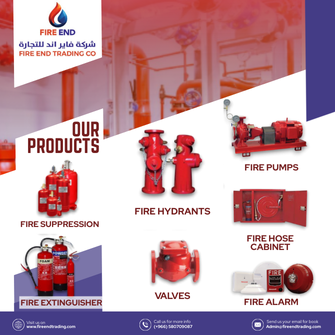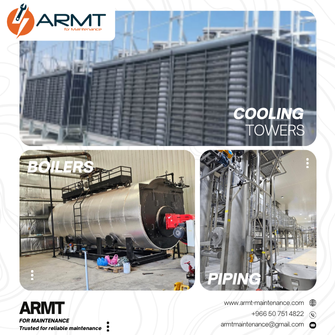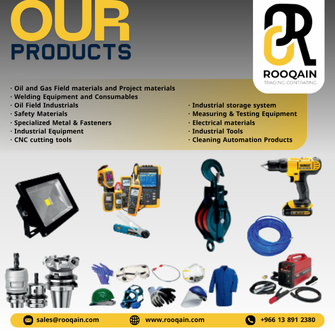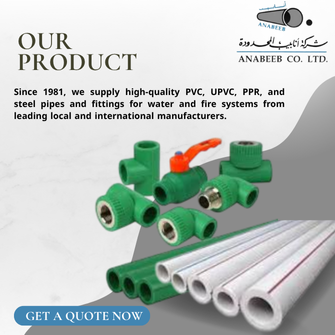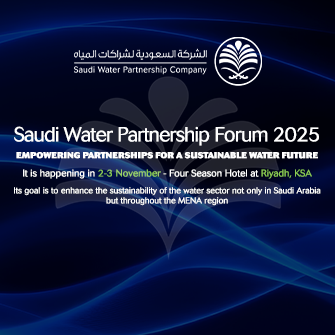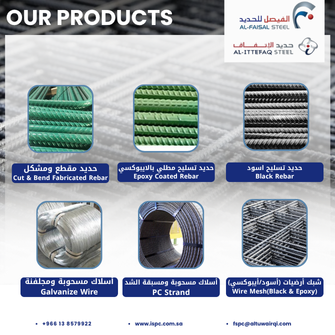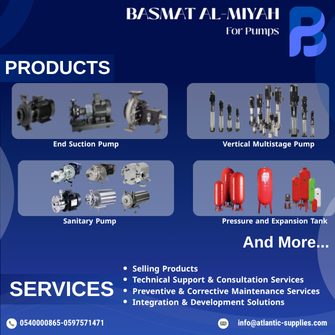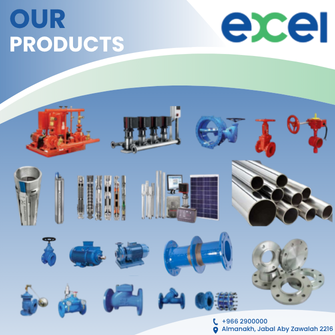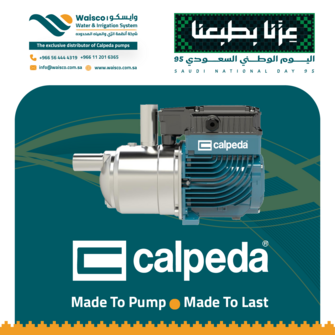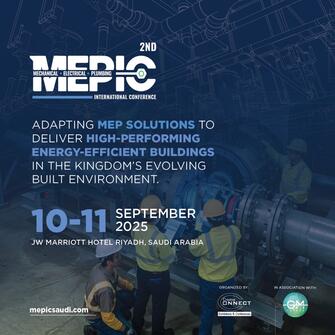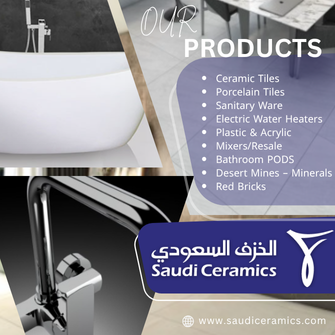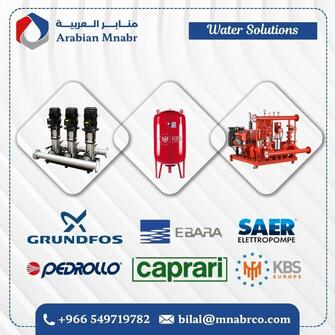advertisement
Gallery
Product Information
Wet air scrubbing is the most flexible and reliable technology for vapor-phase wastewater odor control. This technology can be used to treat virtually any water-soluble contaminant. In addition to hydrogen sulfide and "organic" odors, wet scrubbing is very effective for ammonia removal. In a wet air scrubber the odor contaminants are solubilized from the vapor phase into an aqueous chemical solution. The removal mechanism is purely chemical and is not subject to upsets as are biological processes. The chemical balance in the system is automatically and continuously maintained, even under changing loading conditions, minimizing the chance for odor break-through. The application of a multi-stage scrubber allows the utilization of a different chemical solution in each of the stages to efficiently use chemicals and target a wide range of contaminants for treatment.
One major advantage of wet scrubbing systems is the reliability and flexibility provided by the use of chemicals and chemical reactions. A major challenge in the design and operation of wet air scrubbers is the minimization of chemical use and cost while maintaining complete, flexible and reliable treatment. One design used to reduce chemical use is the multi-stage scrubbing system. As mentioned above, in raw wastewater applications the most prevalent contaminant is hydrogen sulfide, but other organic odorous compounds typically are present as well. Hydrogen sulfide can be solubilized with a solution of sodium hydroxide.
However, the other odor-causing compounds are best treated by sodium hypochlorite. In a single-stage scrubber system, sodium hydroxide and sodium hypochlorite are used in a recirculating chemical solution. Since sodium hypochlorite is a strong oxidizer, it readily reacts with the sulfide that is solubilized by the sodium hydroxide. Therefore, in a single-stage system sodium hypochlorite must be added in sufficient quantities to oxidize the hydrogen sulfide and maintain a residual to treat the other odor compounds. In a multi-stage system, sodium hydroxide is used alone in the first stage to solubilze hydrogen sulfide. Sodium hypochlorite is added to the last stage only. By eliminating the sodium hypochlorite from the sulfide removal process, the consumption rate for this chemical is greatly reduced.
Looking for new opportunities in the Saudi market?
Receiving real RFQs is the key for new orders.
Here in Project Suppliers platform we gain you the new opportunity.

